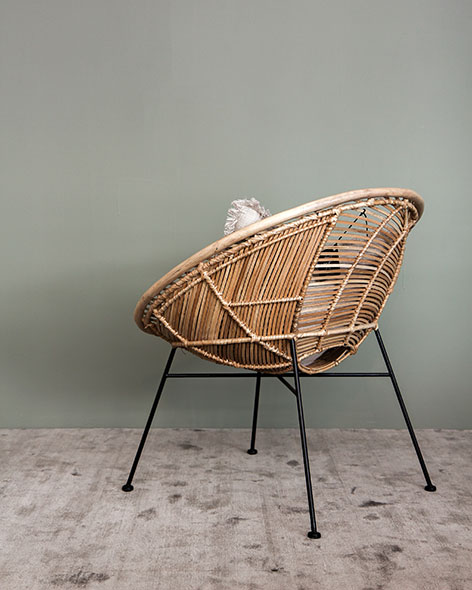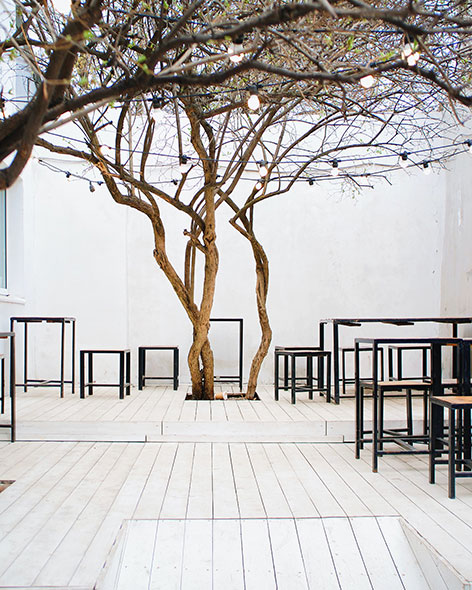The colors you choose for your home do more than define its style—they can shape your mood, energy, and overall well-being. This is where color psychology comes into play, a concept that explores how different hues influence emotions. Whether you’re decorating a cozy living room, a serene bedroom, or a lively kitchen, understanding how colors affect our minds can help you create spaces that not only look beautiful but also feel uplifting.
By selecting the right shades, you can design a home that sparks joy, reduces stress, and promotes a sense of harmony. From soft neutrals to bold, vibrant tones, every color has the potential to transform a room’s atmosphere. Let’s explore how to use color psychology in home décor to create interiors that truly inspire.
1. Warm Colors for Energy and Positivity
Warm colors like yellow, orange, and red are known for their energizing and cheerful qualities. Yellow, for example, is often associated with happiness, optimism, and warmth. It works beautifully in kitchens, dining areas, or entryways where you want to set a lively, welcoming tone.
Orange can bring a sense of enthusiasm and creativity to a space, making it an excellent choice for home offices or creative studios. Red, while bold, can evoke passion and excitement—ideal for social spaces like living rooms, though it’s best used in moderation to avoid feeling overwhelming.
2. Cool Colors for Calm and Relaxation
Cool tones such as blue, green, and lavender are perfect for creating a sense of calm and tranquility. Blue, often linked to serenity and stability, is ideal for bedrooms or bathrooms where relaxation is key. Lighter shades like sky blue can make a small room feel airy, while deeper navy tones add sophistication.
Green, the color of nature, has a restorative effect, helping to reduce stress and promote balance. It’s a versatile choice for almost any room, from bedrooms to kitchens, and pairs beautifully with natural wood accents. Lavender brings a touch of softness and is known for its calming, peaceful vibe, making it perfect for restful spaces.
3. Neutrals for Versatility and Balance
Neutral shades like beige, cream, gray, and taupe form the backbone of timeless interior design. They create a balanced backdrop that allows other colors, textures, and décor elements to stand out. Neutrals also provide flexibility, making it easy to update a room’s look by swapping out accessories.
Adding warm undertones to neutrals—such as greige (a mix of gray and beige)—can make a space feel cozy and inviting. Pairing neutral walls with colorful accents like cushions, rugs, and artwork allows you to experiment with color without committing to a dramatic change.
4. Accent Colors to Spark Joy
Even if you prefer a neutral palette, incorporating pops of color can instantly boost a room’s energy. A vibrant throw pillow, a bold piece of artwork, or a colorful rug can become the focal point of a space and lift the overall mood.
Accent colors also allow you to embrace trends without a complete redesign. For instance, a splash of coral or teal can add a playful, joyful vibe, while deep jewel tones like emerald or sapphire can bring a sense of luxury.
5. Personalizing Your Color Choices
While color psychology offers helpful guidelines, your personal connection to a shade matters most. A color that inspires joy for one person might feel overwhelming to another. When choosing colors for your home décor, consider your emotional response, the room’s function, and how the color interacts with natural light.
Testing paint samples on your walls, using fabric swatches, or creating a mood board can help you visualize how the colors will look and feel in your space. The goal is to create an environment where you feel comfortable, happy, and inspired every day.
Final Thoughts
By applying color psychology to your home décor, you can design spaces that go beyond aesthetics to enhance your mood and well-being. Whether you gravitate toward warm, energizing hues, cool, calming shades, or timeless neutrals, the right colors can truly transform how you experience your home.
Start small—experiment with accent pieces, textiles, or a single feature wall—and see how the colors you choose can uplift your space and your spirit. With thoughtful choices, you can create a home that not only looks beautiful but also radiates joy from every corner.




























































































